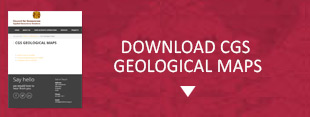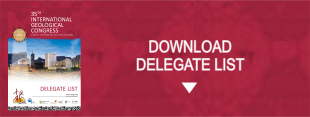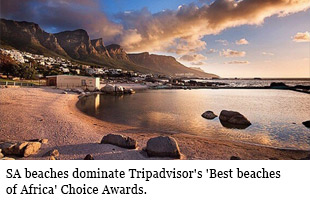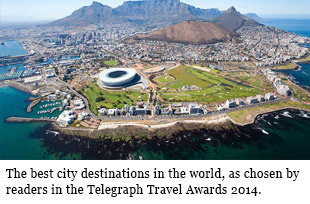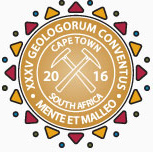
35TH INTERNATIONAL GEOLOGICAL CONGRESS
27 AUGUST - 4 SEPTEMBER 2016 | CAPE TOWN, SOUTH AFRICA
Sponsors
Keystone Sponsor
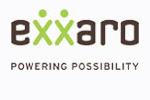

Diamond Sponsor


Gold Sponsor


Silver Sponsor
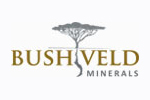


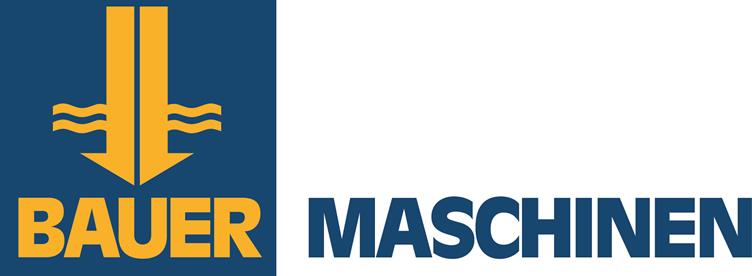




Business Centre Sponsor


Publication Sponsor




Social Function


Plenary Speaker Sponsor


Speaker Gift Sponsor


Post Graduate Fund


Registration


Welcome Drinks


Lunch Time Drinks
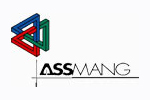

Publication &
35 IGC SAGPGF
35 IGC SAGPGF

35 IGC SAGPGF




MY IGC APP


Symposium Sponsor
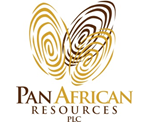
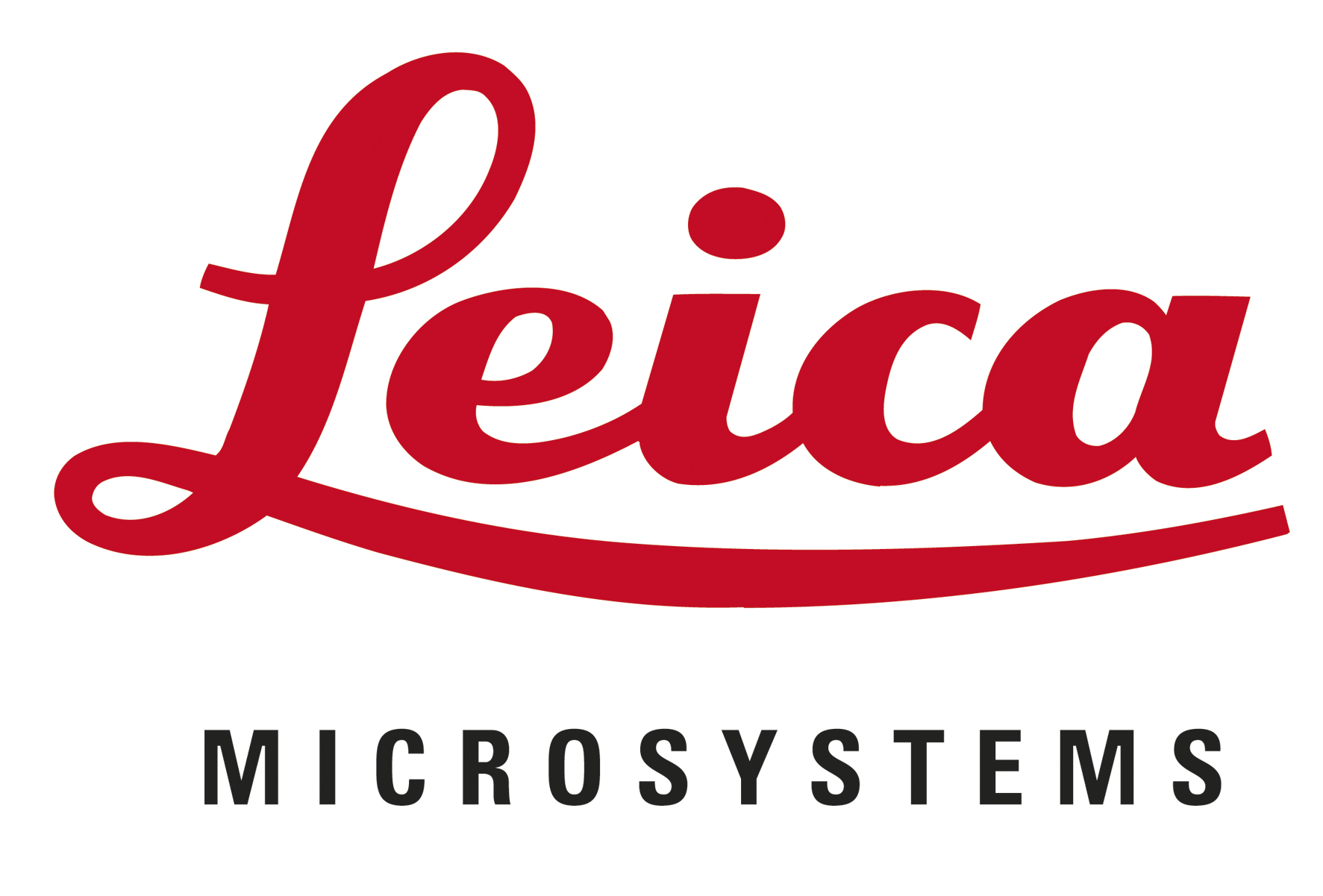


Audit Sponsor
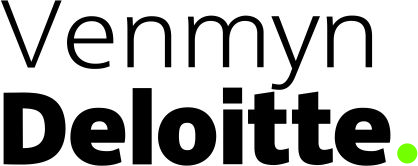

35TH INTERNATIONAL GEOLOGICAL CONGRESS
27 AUGUST - 4 SEPTEMBER 2016 | CAPE TOWN, SOUTH AFRICA
My IGC
Symposium Details
| Title | Description | Convenors |
|---|---|---|
| Hydrogeology and Hydrochemistry of Arid and Semi-Arid Africa: A Tribute to W. M. Edmunds | Arid environments are often complex hydrogeological systems. Because of limited recharge and intense evapotranspiration, groundwater recharge rates are low and paleowaters in such regions commonly are derived from precipitation infiltration that occurred centuries or millennia in the past. Flow mechanisms and recharge rates can differ substantially as a consequence of bedrock geology and landscape. For example, infiltration occurs by piston flow on decadal to century time scales in the Sahara Desert region, whereas preferential flow paths control recharge in the old cratonic landscapes of southern Africa. Chemical and isotopic methods are tools that provide insight into the nature of recharge, its timing, and its origin. Throughout a distinguished career of nearly 50 years at the British Geological Survey, W. Mike Edmunds (1941-2015) pioneered methodologies and approaches to resolve recharge rates, quantify water-rock interaction, and elucidate climate history. By applying an array of inert chemical tracers (e.g. trace elements, chloride mass balance, and Br/Cl ratios) and various isotopic indicators (e.g. stable, cosmogenic, radiogenic, and noble gas) to study the vadose zone and examine down-gradient changes in groundwater composition, he was one of the first to demonstrate how tracer based approaches may be used to resolve recharge rates and recharge history, study water-rock interaction, and recognize the limits of renewable groundwater across the Sahara-Sahel region. This symposium invites contributions related to measuring, monitoring, and understanding groundwater, both as a water resource and as an archive of environmental and climate change in semi-arid, arid, and hyper-arid regions of both northern and southern Africa. | Russell Harmon, Paul Shand, Tom Paces, Ashton Maherry and Philippe Negrel |
 Field trips
Field trips  Sponsorship & expo
Sponsorship & expo  Registration
Registration Tours
Tours  Promotion
Promotion 

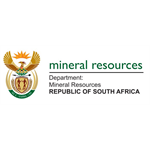












 Conference Programme
Conference Programme  Field trips
Field trips  Sponsorship & expo
Sponsorship & expo  Volunteer
Volunteer  GeoHost
GeoHost  Registration
Registration Tours
Tours  Promotion
Promotion  Publications
Publications


